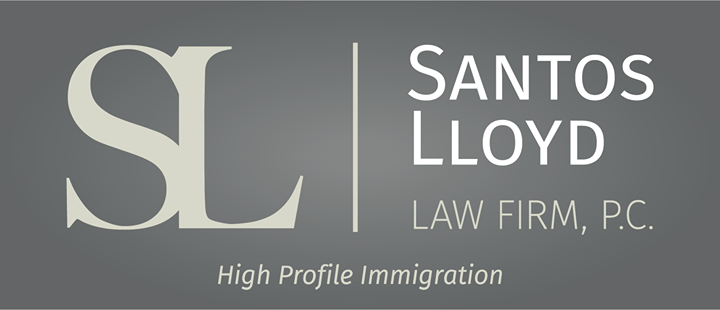Entendendo o E-Verify+: O que as novas atualizações significam para empregadores e empregados
Click here to read this article in English
O que é o E-Verify+?
E-Verify+ é a versão mais recente do E-Verify, um sistema administrado pelo Departamento de Segurança Interna dos Estados Unidos (DHS) que auxilia empregadores a confirmar a elegibilidade de trabalho de seus funcionários. A partir de 21 de outubro de 2024, o E-Verify+ inclui novos recursos projetados para simplificar o processo de verificação de emprego e garantir resultados mais precisos e seguros tanto para empregadores quanto para empregados.
O sistema E-Verify verifica a elegibilidade de trabalho de uma pessoa comparando informações do Formulário I-9 (Verificação de Elegibilidade de Emprego) com os registros do DHS e da Administração da Previdência Social (SSA). O E-Verify+ vai além deste processo, com capacidades aprimoradas e funcionalidades atualizadas, tornando a verificação mais rápida, confiável e fácil de usar.
O que há de novo no E-Verify+?
- Extensões Automáticas de Autorização de Trabalho
Para empregados que estão renovando sua autorização de trabalho, o E-Verify+ agora pode fornecer atualizações automáticas caso o processo de renovação sofra atrasos. Isso minimiza interrupções tanto para empregadores quanto para empregados, garantindo que a autorização de trabalho continue válida enquanto a renovação estiver em andamento. - Maior Precisão com Verificação Biométrica
Uma das principais atualizações no E-Verify+ é a verificação biométrica, que utiliza impressões digitais ou outros dados biométricos para confirmar a identidade do empregado de forma mais precisa. Espera-se que esse recurso reduza casos de roubo de identidade e melhore a confiabilidade das verificações de autorização de trabalho. - Sistema Simplificado de Gerenciamento de Casos
O E-Verify+ inclui um sistema atualizado de gerenciamento de casos que permite aos empregadores resolverem discrepâncias e atualizarem informações de forma mais eficiente. Por exemplo, se houver uma incompatibilidade entre o Formulário I-9 de um empregado e os registros do governo, o E-Verify+ orientará os empregadores sobre os próximos passos para resolver rapidamente o problema. - Integração com Atualizações de EAD (Documento de Autorização de Emprego)
Empregados que solicitam Documentos de Autorização de Emprego (EAD) perceberão que o E-Verify+ agora inclui um recurso de integração que rastreia o status das renovações de EAD e fornece aos empregadores atualizações sobre aplicações pendentes.
O que isso significa para os empregadores?
Com o E-Verify+, os empregadores se beneficiam de um processo de verificação de emprego mais eficiente e confiável. Aqueles que participam do E-Verify+ estão mais preparados para evitar penalidades por contratação de trabalhadores não autorizados, enquanto reduzem as cargas administrativas associadas à verificação. A automação aprimorada do sistema ajuda a agilizar o processo de contratação, economizando tempo e recursos para as empresas.
O que isso significa para os empregados?
Para os empregados, o E-Verify+ oferece maior segurança e transparência. As extensões automáticas de autorização de trabalho podem ajudar a evitar lacunas no emprego devido a atrasos no processamento de autorizações, o que é especialmente importante para aqueles que dependem de renovações. Além disso, o uso de dados biométricos garante que a identidade pessoal dos empregados esteja protegida durante a verificação.
Se você deseja saber mais sobre o E-Verify ou entender melhor o processo de verificação de emprego, entre em contato com um de nossos experientes Advogados de Imigração!
Este blog não se destina a fornecer aconselhamento jurídico e nada aqui deve ser interpretado como estabelecimento de um relacionamento advogado-cliente. Por favor, agende uma consulta com um advogado de imigração antes de agir com base em qualquer informação lida aqui.






